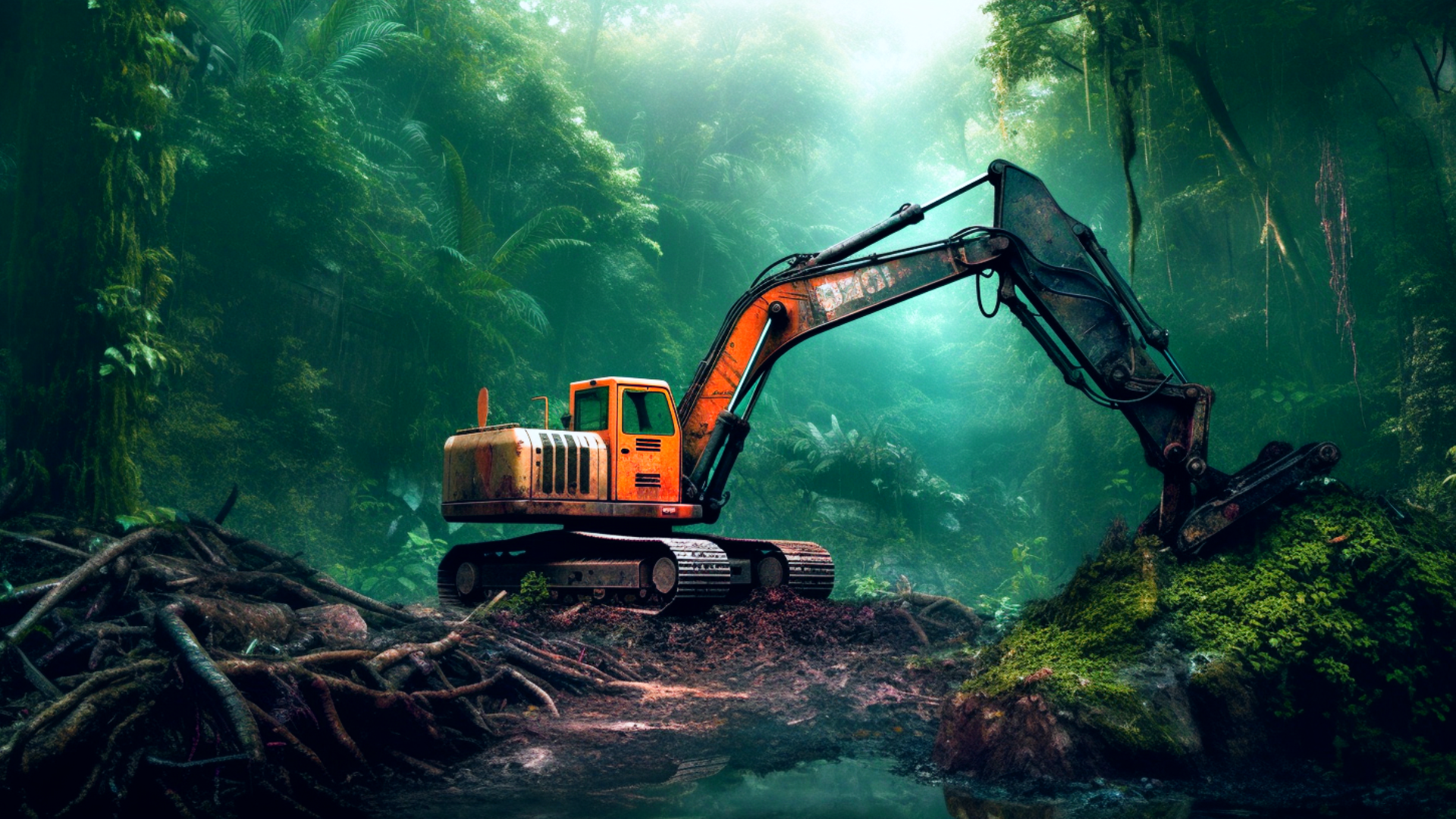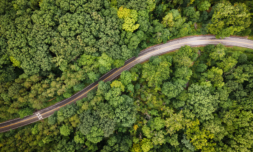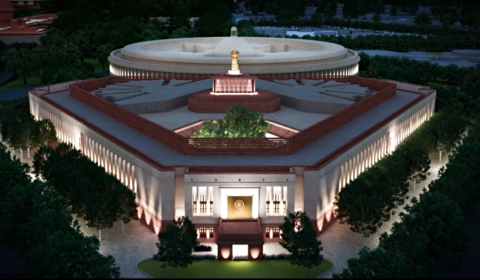Taking the reins from Jair Bolsonaro in January, Lula da Silva has thus far honoured his pledge to tackle Brazil’s astronomical deforestation problem. In April, the rate of such activity was down 68% on the previous year.
In the run-up to Brazil’s elections last October, several ecological experts suggested the future of the Amazon rainforest relied solely on who would become president.
Jair Bolsonaro’s contentious stint of three years had brought deforestation rates to 15-year highs when Lula da Silva returned to the hot seat for a third time.
Stepping into his predecessor’s legacy of pro-gun policies, anti-LGBTQ+ bills, lax COVID-19 measures, and anti-environmental laws, the 77-year-old instantly promised two things: a return to democracy, and a pathway to ‘zero deforestation.’
Despite da Silva’s instant reactivation of the Amazon Fund, intended to raise donations and investment for the preservation of the rainforest, and instatement of a fresh civil society council on ecological matters, deforestation data in his early months made for grim reading and reflected the difficulty of the task at hand.
Government satellites showed that the nefarious practice was up 68% on the previous year in January – which, alarmingly, represented the highest monthly total since records began.
Brazil's natural assets have been decreasing due to accelerated deforestation, especially in the #Amazonia states. However, a different future is possible. Our new report has more info: https://t.co/KqdVNE3Ejc pic.twitter.com/wyhs9mLRbv
— World Bank Climate (@WBG_Climate) May 18, 2023
Da Silva assured that he had expected a hike in criminal activity throughout the rain season as a sort of retaliation against national crackdowns, but that the side of justice would ultimately prevail.
Having successfully put a huge dent in deforestation during his first tenure, da Silva’s newest efforts may already be bearing fruit as we approach summer 2023.




















